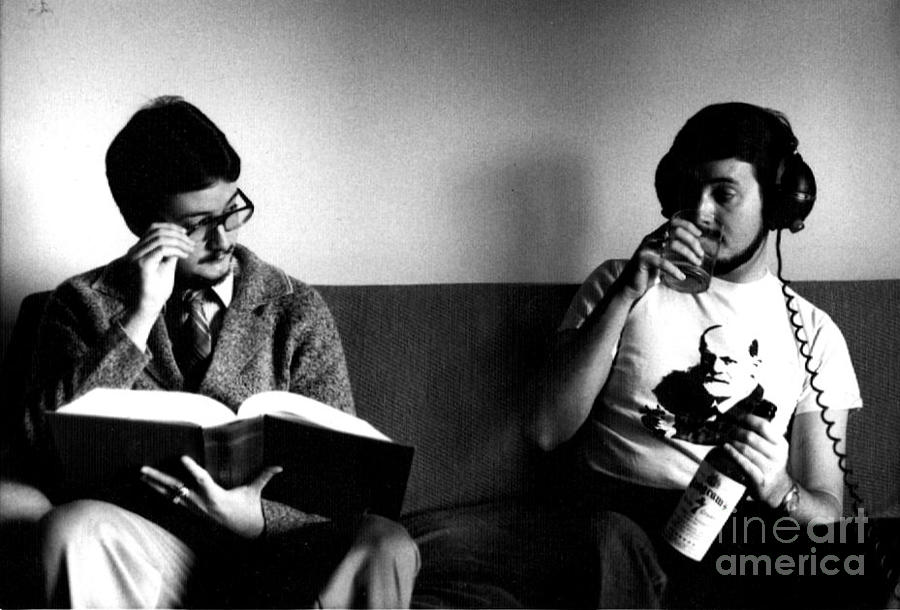

The ego is a modification of the id that emerges as a result of the direct influence of the external world. It is a reservoir of basic instinctual drives, particularly sexual (libidinal) drives, which motivate the organism to seek pleasure. The id is the oldest and the most primitive psychic agency, representing the biological foundations of personality. Can you identify any of these internal Id-Ego-Superego conflicts within yourself? How about a time when the Id wanted something, but your inner Ego stepped in and stopped you from acting?įor tomorrow’s lecture, I am going to discuss a few of Freud’s ideas about how the Ego manages this relationship and the anxiety that is often created.Sigmund Freud divided mental life into three agencies or ‘provinces’ that is, id, ego, and superego. Today’s task: Take the time to contemplate Freud’s perspective on personality. Freud suggested that disturbances in the delicate dance between these three components of personality negatively affects the mental health of patients. Balancing the demands of the Id and Superego subsequently places a great deal of stress on the Ego. However, Freud believed that we must express our biological desires (e.g., sex) and the consequences of giving in to the Superego’s expectations of perfect moral behavior are tension and guilt. It does this by placing strict demands upon the Ego to not allow any expression of the Id’s urges. That is, the Superego wishes to inhibit the impulses of the Id entirely. The Superego is the antithesis of the Id but is equally unreasonable. This structure first appears in early childhood and represents societal morality. The third and final component of Freud’s personality model is the Superego. The Ego not only has to contend with the desires of the Id but also the expectations of the Superego. For instance, the Id may decide that it wants to quench its thirst by stealing a can of soda however, the Ego may instead manage this desire by drinking from a water fountain and waiting until later to buy a soda. Freud claimed that the Ego did this via secondary processes, strategies designed to provide an outlet for the Id. It does this by giving the Id opportunities to express its desires, but only in circumstances where it is safe to do so. The primary job of the Ego is to provide balance between the demands of the world and the urges of the Id. The Ego is guided by the Reality Principle, the mechanism by which the Id is kept under control. However, as we age, this begins to change with the development of the Ego and Superego. When we are infants, our personality is completely under the influence of the Id. Thankfully, the Id doesn’t usually interact with the world otherwise, the person would soon find themselves acting in very socially inappropriate ways. The Id is entirely under the influence of the pleasure principle in other words, it is seeking gratification at all costs.

At the heart of Eros is the Libido, the energy driving an unrelenting sexual desire. We are born with the Id, and it is a reservoir containing what Freud referred to as the life instinct, called Eros, and the death instinct, or Thanatos. The Id is the first to appear, is believed to reside entirely in the unconscious, and is biologically driven. Let’s take a look at each in more detail. In it, the Id is completely under the surface of the water (the unconscious), the Ego is mostly above the surface of the water (the conscious and the preconscious), and the Superego is mostly below the surface but also reaches above it (the unconscious, preconscious, and conscious). The easiest way to envision the structures is to use the iceberg metaphor. While these are conceptualized as three distinct structures, they are constantly interacting with each other. The tug-of-war between pleasure and fear of penalty is also at the heart of Freud’s personality theory.Īccording to Freud, the human personality consists of three components: Id, Ego, and Superego. Consequently, pleasure can instead be expressed in the unconscious (e.g., through dreams). For instance, our most sordid and hedonistic desires often go unfulfilled out of fear of punishment or social isolation. Yet, the reality of the social world ensures that this cannot always be the case. It states that human beings are motivated to both seek out pleasure while simultaneously attempting to avoid pain. One of the key assumptions of psychology according to Freud is the Pleasure Principle. “Most people do not really want freedom, because freedom involves responsibility, and most people are frightened of responsibility.” ―Sigmund Freud

Episode #5 of the course The theories of Sigmund Freud by Psychology Insights Online


 0 kommentar(er)
0 kommentar(er)
